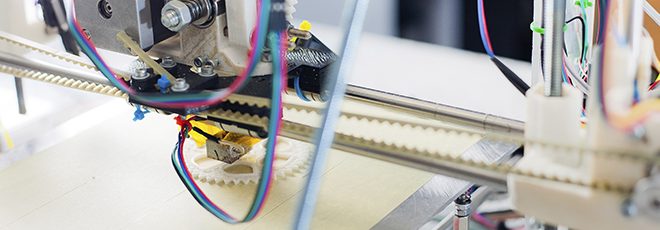The threat of sleep apnea might seem like a safety manager’s worst nightmare.
A widely cited Stanford University study discovered that drivers with the sleep depriving medical condition are seven times more likely to be involved in a crash than their well rested counterparts. A 2009 report in the Journal of Occupational and Environmental Medicine linked seven per cent of 5,200 truck-related injuries to drivers who fell asleep at the wheel. And to compound matters, the U.S. Federal Motor Carrier Safety Administrations believes that one in four commercial drivers would fail a pre-screening test for sleep apnea.
While U.S. regulators have yet to decide if they should mandate this type of screening – a key meeting on that topic is expected in late August – some fleets are already enhancing today’s fatigue management programs by actively looking for drivers who might have the medical condition.
About 85 per cent of sleep apnea cases involve something known as Obstructive Sleep Apnea, which is caused when relaxed soft tissue blocks the upper airway. The remaining cases involve the brain’s respiratory centre, or a combination of the two sources. Sleeping drivers who have these conditions actually stop breathing for 10 to 120 seconds at a time, wake up gasping for air, and then fall back into a fitful slumber.
Of course, the real issue emerges during their waking hours. Deprived of sleep, the drivers reportedly feel irritable, depressed and plagued by headaches. They are tired all the time and struggle to remember things.
These are all factors that can affect how well someone performs on the job. At worst they emerge as the telltale signs of a fatigue-related collision, such as a truck that gradually drifts out of a lane when the roads are clear and traffic is light.
It doesn’t have to be that way.
Many people are able to combat sleep apnea by wearing a Continuous Positive Airway Pressure (CPAP) machine whenever they head for a bunk. The equipment pumps a steady supply of a room’s air into a fitted mask, maintaining the opening in a sleeping user’s upper airway. The result is a restful period of sleep.
There certainly seems to be a business case for fleets to address the topic. In one study, Schneider National reduced preventable crashes by 30 per cent after identifying and helping 339 of its drivers who had Obstructive Sleep Apnea.
The potential budget impacts are not limited to reduced collision costs, either. A lack of restful sleep can affect overall productivity, and is also known to lead to higher medical costs linked to workplace injuries or contributing medical conditions which might otherwise go unchecked. Indeed, those who have sleep apnea often struggle with other issues such as heart disease, eating disorders, Parkinson Disease, leukemia, acute and chronic pain or substance abuse.
Any final diagnosis would obviously be in the hands of a sleep clinic, but a simple pre-screening program can help to identify those who might need the medical support.
Some of the screening simply involves a look at a driver’s neck size. For example, sleep apnea is more common among men with a neck size above 17 inches or women with a neck size above 15.5 inches.
A popular test known as the Berlin Questionnaire can also help drivers to tell if they face a higher risk. In addition to measuring weight and age, the checklist looks for those who snore, how loud that snoring can be (is it heard in other rooms?), how often it happens, and whether it bothers other people. It also asks if anyone has noticed that they stop breathing during sleep, how often they feel tired, and whether they ever fell asleep at the wheel.
The score that emerges can identify whether someone might want to seek a related medical opinion.
Of course, a proper fatigue management program reaches well beyond these pre-screening efforts. Fleets can help to keep every driver alert through training programs and dispatching efforts alike. Those who know about a change to their work schedule 24 hours ahead of time will always have a better chance to get the sleep they need. And drivers who are informed about departure times as well as delivery deadlines are also less likely to jump behind the wheel for an overnight drive after a full day of family activities.
When all the available steps are combined, everyone will have the chance to sleep a little better.



